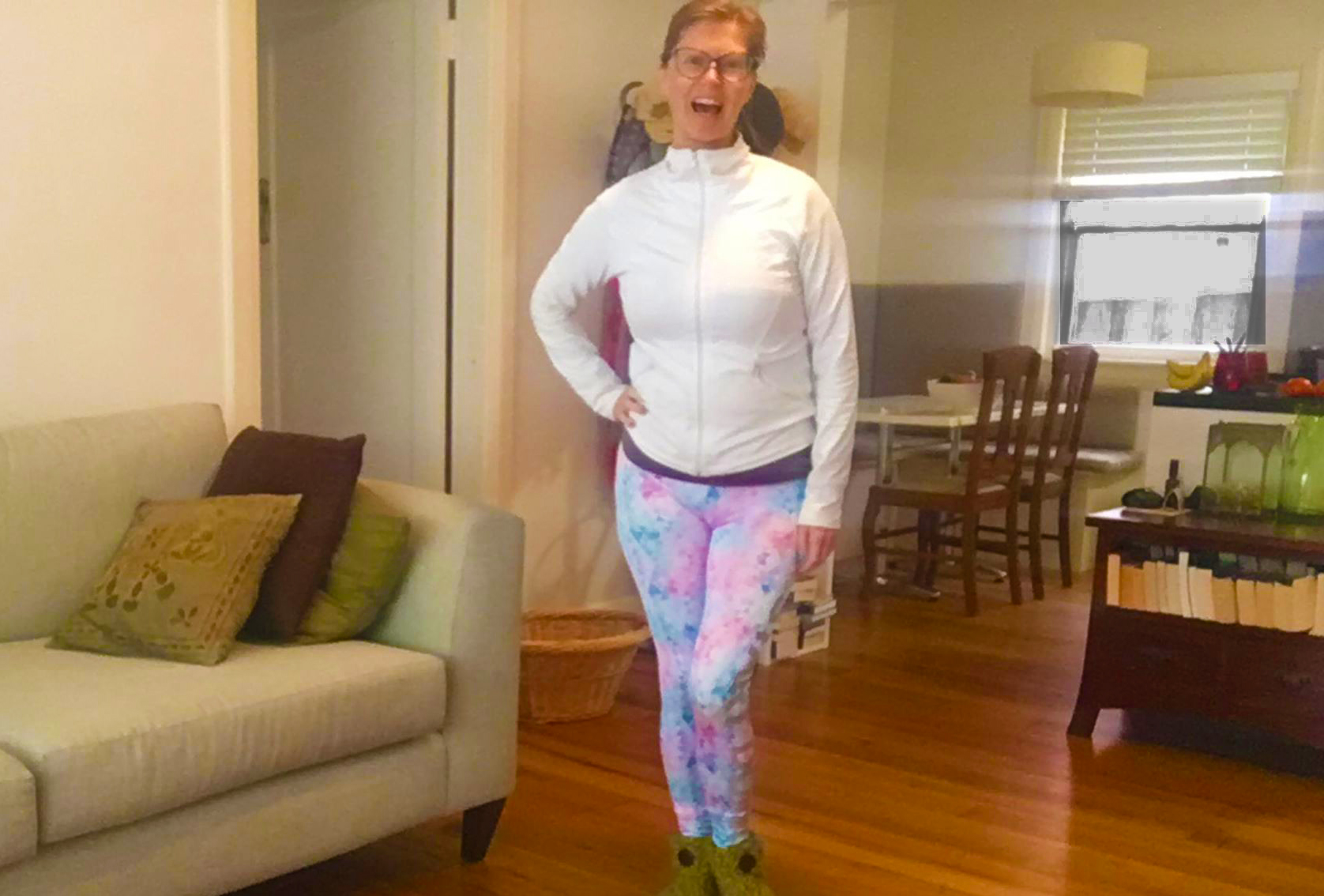Ethical and Sustainable Activewear, for real.
Just because it says ‘sustainable’ doesn’t mean it’s true
I wear my clothes til the end, or I swap them at clothing swaps, so much fun! So when the elastic in my 10-ish year old Lululemon lycra exercise pants gave out (nearly causing me embarrassment on the street!) I was really sad about having to buy a new pair. I thought about having them repaired, which I would have done in a second if I was in Cambodia, but at the moment, I just don’t have the budget (or the skill) so I’ve put them aside and hope that will be a future plan.
The next thing I did was research. I have quite a few epic spreadsheets since I moved to Australia and have had to learn about the best eco options available for me. This is exactly what I did for yoga pants.
These are the criteria I was seeking…
- eco friendly fabric
- made in Australia or ethically overseas
- price
- pockets (i mean, these are essential right?!?!)
what I discovered…
There is a ridiculous number of activewear companies in Australia. Ridiculous. My first search took place about a month ago, I even found a few blogs claiming to list sustainable activewear companies but I just couldn’t see how exactly they were sustainable other than appearing in a blog claiming it to be true or the word sustainable in the copy but no real evidence to support that. In preparation to writing this blog, I looked again, a friend told me about a few more places… and down the rabbit hole I went. I can say that my search was thorough but not exhaustive.
I’ve come up with a list of 6 that I’d be willing to buy from.
- Eco Mono – Australian owned and responsibly manufactured in Indonesia. Having spent so much time in Southeast Asia, I know how important this is and how much impact responsible companies can make to the wellbeing and livelihoods of their workers. They use certified organic cotton but unfortunately no pockets. Price around $100.
- Bay Active – Australian owned and made. They use organic, natural or regenerated fibres in their clothing and minimal or compostable packaging. They even have pockets! Price $149.
- Boody – Australian owned with responsible manufacturing, mainly in China. Their website is one of the most transparent about their work, ethos, supply chain and standards that I’ve seen. They use certified organic bamboo and… their leggings have pockets. Price around $70.
- Dharma Bums – Australian owned and made. They use organic cotton, sustainable bamboo and recycled nylon, with a focus on sustainability and ethical manufacturing. Pockets – inconclusive (which means probably no). Price around $95.
- Indigo Luna – Australian owned, Indonesian manufactured. They use organic cotton, recycled nylon called REPREVE and natural dyes. They are sustainable, ethical and transparent about their work. No pockets. Price $95+
- First Base – Australian owned, manufactured in China. These guys really stood out to me as authentic, transparent and willing to admit that they’re not perfect. They use recycled nylon, organic cotton and sustainable bamboo, they work on minimising their packaging and making it recycled as well as recyclable and they also plant trees! They just need to add pockets. Price $140.
So whilst I haven’t bought from these places, this is my short-list of where I’d go if I do buy new activewear in the future. I was actually really close to buying the Boody leggings, and then my local op shop opened again. Sorry Boody. I was able to get 2 pre-loved pairs of leggings for $15!! This was so exciting, I feel like I’ve got brand new, I feel proud of my action for the planet because I have a strong desire not to buy new things, and it was a bargain. I wore one pair today (photo attached) and I’m going to wear the other pair tomorrow, because I can, because i have 2! I’m so happy.
I know … nylon vs natural
I know…. you’re worried about the microplastics aren’t you?
Here’s my quick rule of thumb in how to choose the best option available to you.
- all natural, organic and sustainable fabrics are the best option, especially when they’re ethically made
- fabrics made from recycled plastics are creating excellent awareness, if you want to support this option, then make sure you have a Guppy Bag, Cora Ball or some other mechanism to capture the microfibres from your clothes and prevent them going into the waterways
- buy second hand, and use a lint/fibre catcher if it is synthetic fabric
- if you can get natural and second hand then you should get a medal… or a flower, how about a flower 🙂
No very fun fact – 85% of all clothing and textiles today end up in landfill. Buying second hand helps to change this stat for the better (source: Southeast Asia Globe – Garment Waste: Out of Fashion 24 June 2019).

Get stories direct to your mailbox
Don’t miss out on the good stuff! I send one email each week to bring inspiration and practical advice direct to you. I’d love to connect with you and share more of what you need to live a sustainable life, so add your name and I’ll see you there.
You must log in to post a comment.